Flower Power! 5 Famous Floral Designers Spill Their Tips & Tricks
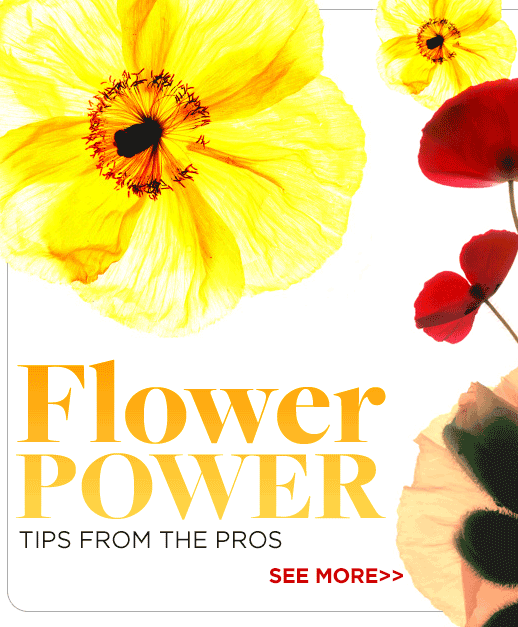
Whether it’s for that country wedding or a dinner party arrangement, across the nation, a new breed of cool floral designers from New York City’s Putnam & Putnam to San Francisco’s Studio Choo is tweaking the traditional bouquet. Here, we asked five of the best to give us some advice on how to create a fabulous, unexpected arrangement at home.
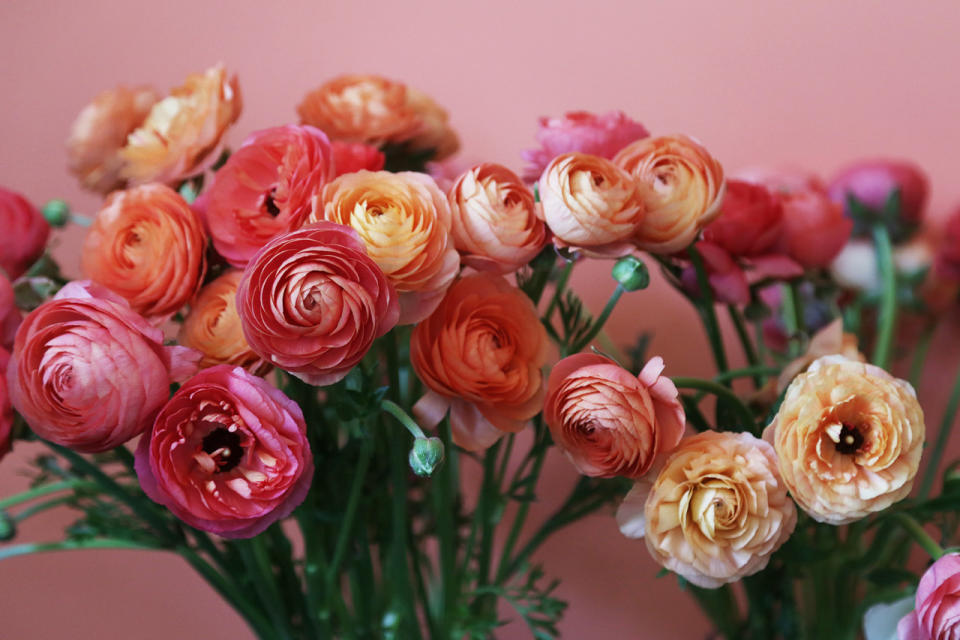
Putnam & Putnam, New York City
Darroch and Michael Putnam (partners in life and business) traded in their photography and interior design gigs to launch their company in 2014. Since then, they’ve been bringing their characteristic romantic-meets-irreverent aesthetic to clients including everyone from Christian Dior and Vogue to Barneys New York and Urban Outfitters. putnamflowers.com.
Tip 1: “Its a very exciting time for flowers. Over the past few years, many new heirloom varieties have been popping up at flower markets across the country. Because of this, new colors and shapes of otherwise ‘typical flowers’ are being discovered. This fall is all about dahlias—the variety and selection seems to be endless! Another personal favorite that is making a big comeback is the cosmo. I love to throw white cosmos into my arrangements as a finishing touch.”
Tip 2: “When buying, it’s all about covering different elements of an arrangement. Try for one statement flower, one type of foliage, and one filler flower (like a spray rose or lisianthus). This will make for creating an easy balance. Also, loosen up and play with asymmetry and negative space—avoid getting too tight or stuffy with your flowers.”
- Michael Putnam, co-founder
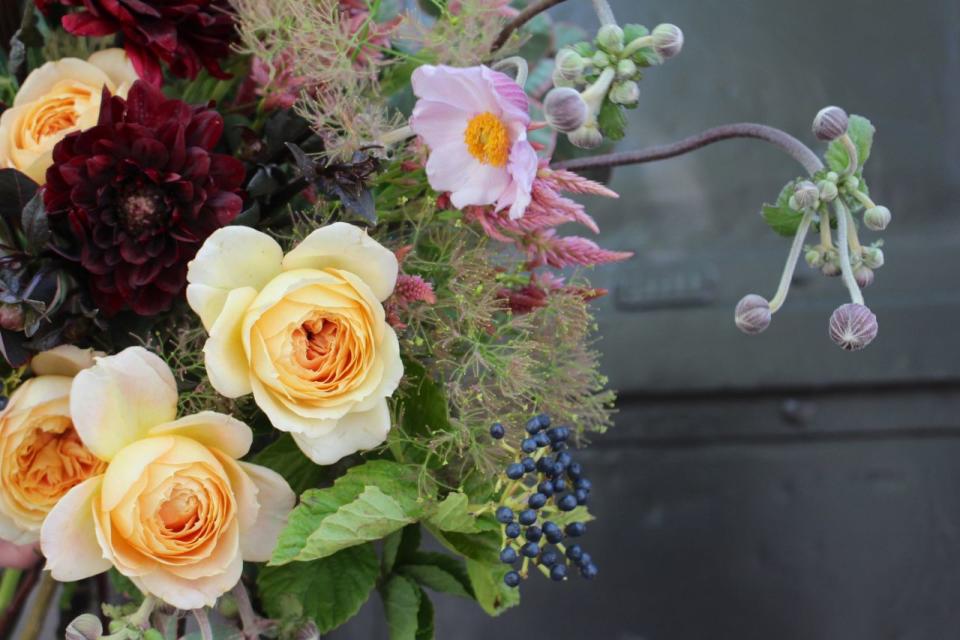
Solabee Flowers & Botanicals, Portland, Oregon
About five years ago, during the economic recession, Alea Joy Bessey and Sarah Helmstetter decided to take the plunge and open Solabaee. The business, which prides itself on using local, in-season blooms and branches is both a full-service florist and a plant shop where the duo sells one-of-a-kind pots and botanical art made by local artists. solabeeflowers.com.
Tip 1: “People seem to have a rule about using odd numbers of flowers in their arrangements for some reason. I actually go against that. Floral arranging is not an exact science—you can do two or four flowers as long as you’re not cutting them all at the same height. The key is to think about how things grow. If something is funky and goes off to the side, I start with that and try to accentuate it. Try to make things look as natural as possible.”
Tip 2: “Start with the foliage and focus on that. When you’re looking at a bouquet, you want to make sure they’re not just seeing blooms that are all the same shape or style. Get a couple of different types of unusual greenery—this summer we’ve been using a lot of thorn-less blackberries and olive branches with the little olives still on them—and set the shape and base of your bouquet. Only after you do that, add the big, bold blooms.”
- Sarah Helmstetter, co-founder
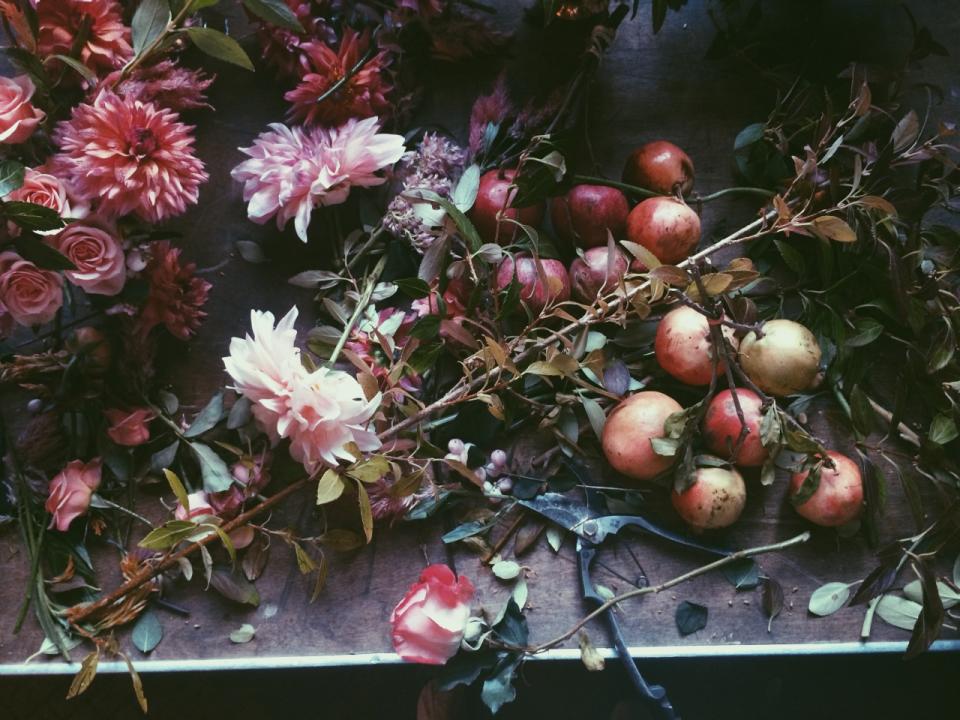
Saipua, Brooklyn
In 2006, Saipua opened as a tiny soap store in Red Hook, Brooklyn that sold bouquets on the weekend. Fast forward to today and the store has evolved into a resource for brides wanting one-of-a-kind wedding arrangements and is the go-to florist in the city for anyone looking for a unique, luxurious take on flowers like dahlias, crabapples, or hydrangea—the first flower co-founder Sarah Ryhanen fell in love with. saipua.com.
Tip 1: “Sometimes you don’t even need a vase. A single branch of crabapple laid down the middle of the table is a way to add some simple nature to your table. I am known for really complex combinations in arrangements, but at home I love simplicity.”
Tip 2: “Dahlias are gorgeous and in season through October. This time of year there’s also nothing as special as a mass of wild Queen Anne’s lace arranged loosely in a pitcher in your kitchen.”
- Sarah Ryhanen, co-founder
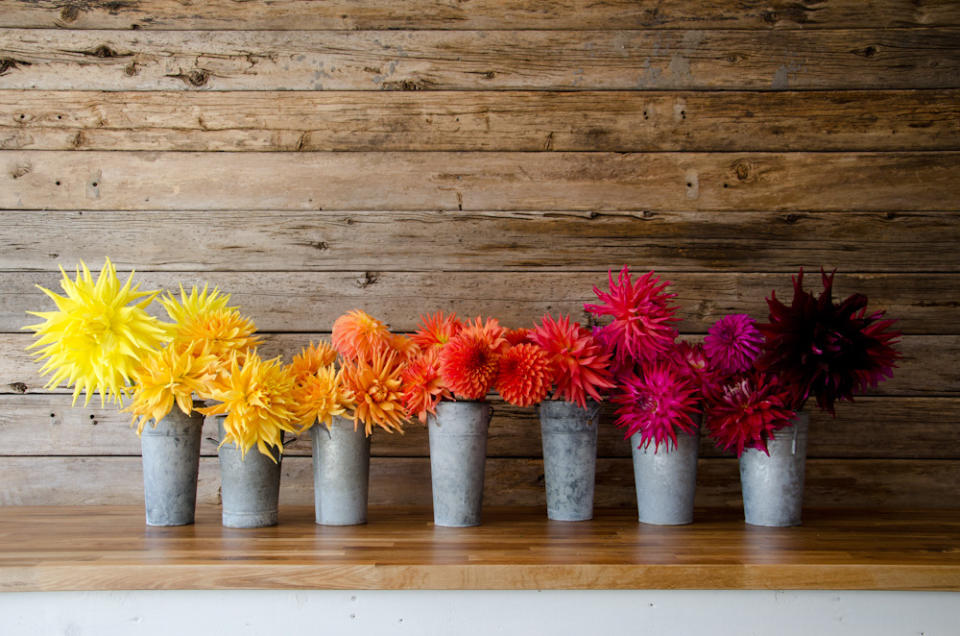
Studio Choo Florists, San Francisco
Co-founders Alethea Harampolis and Jill Rizzo have botany in their blood. Rizzo was raised by florists herself, while Harampolis’s grandfather grew them for the Australian flower market. The result of their joint passion? Studio Choo, which they opened in March 2009 with the mission, as Harampolis puts it, of creating “arrangements that look like little gardens growing in a vase.” studiochoo.com.
Tip 1: “Vases with a wide opening at the bottom and a skinny one at the top are really good because you don’t have to have a ton of flowers to fill them, and things kind of stay where you want them to instead of falling to the side. That’s definitely a great beginner vase. All arrangements really last five to seven days so keeping the water clean and the bouquets out of direct sunlight is really important in terms of extending their life.”
Tip 2: “The reason we’re good at what we do is that we do it all the time, so keep practicing! I recommend reading books or taking an online workshop (we offer one) about how to create a simple bouquet.”
- Alethea Harampolis, co-founder
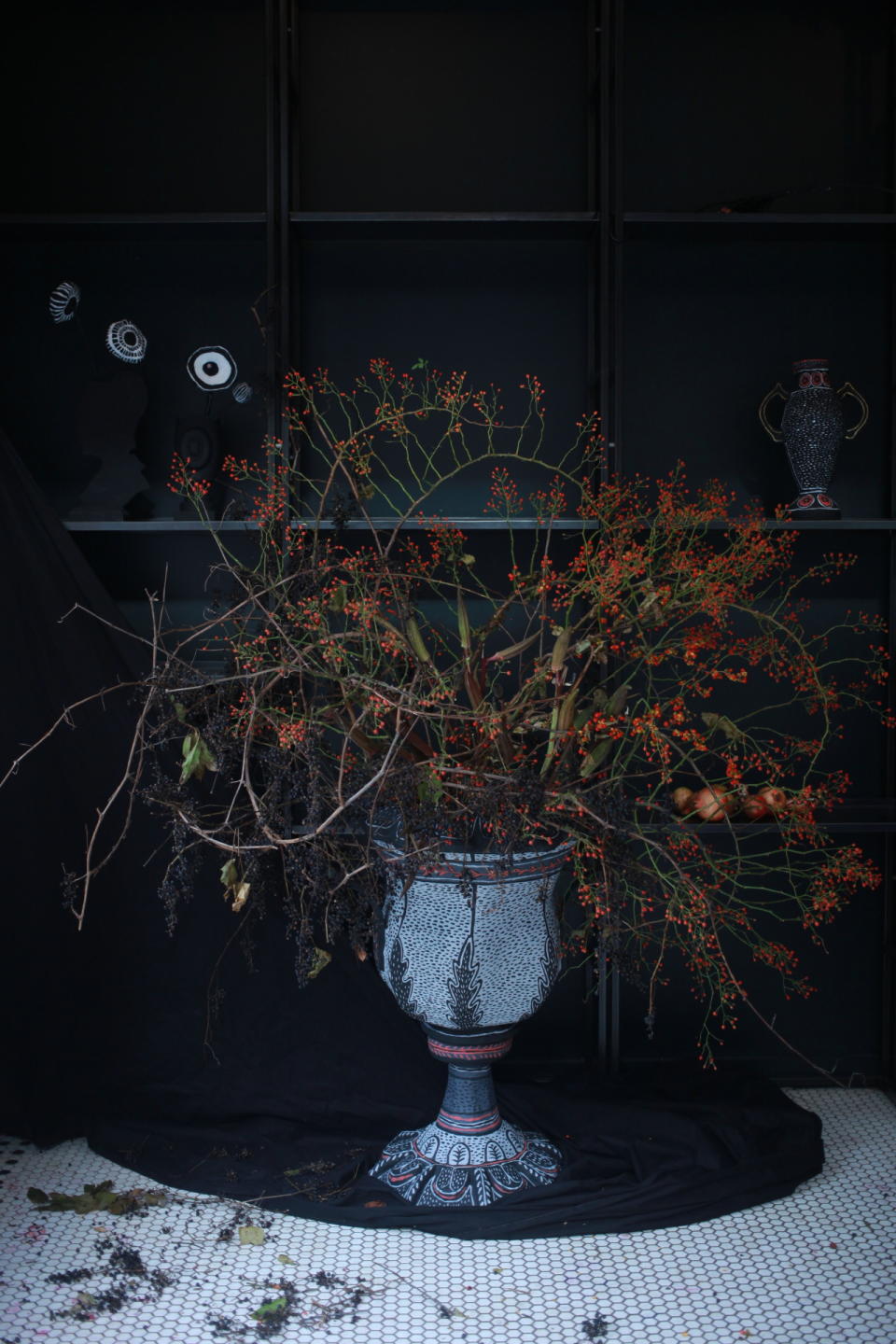
Emily Thompson Flowers, New York City
Emily Thompson’s career as a florist started by accident when curious passersby would try to climb into her Brooklyn art studio to sneak a peak at the sculptures she was working on. Having dabbled in flowers in college, she began incorporating them into her work, going full-time with her business in 2006. Fittingly enough, on Valentine’s Day last year, Thompson relocated the store to Manhattan’s South Street Seaport. emilythompsonflowers.com.
Tip 1: “I always recommend that people pair any commercially grown flowers with something wild from your yard, or even the side of the road (just don’t stop on the highway!). Pulling in something a bit raw that has slight flaws brings whatever the commercial product is to a less commercial sensibility. Even basic deli flowers, like spray roses, can be turned into something quite special.”
Tip 2: “I try to keep things simple. I think people often cram too many things into one arrangement. If you pair too many varieties, you don’t really end up being able to identify anything. I recommend two or three elements.”
- Emily Thompson, founder
Follow us on Facebook, Instagram, and Pinterest for nonstop inspiration delivered fresh to your feed, every day.

